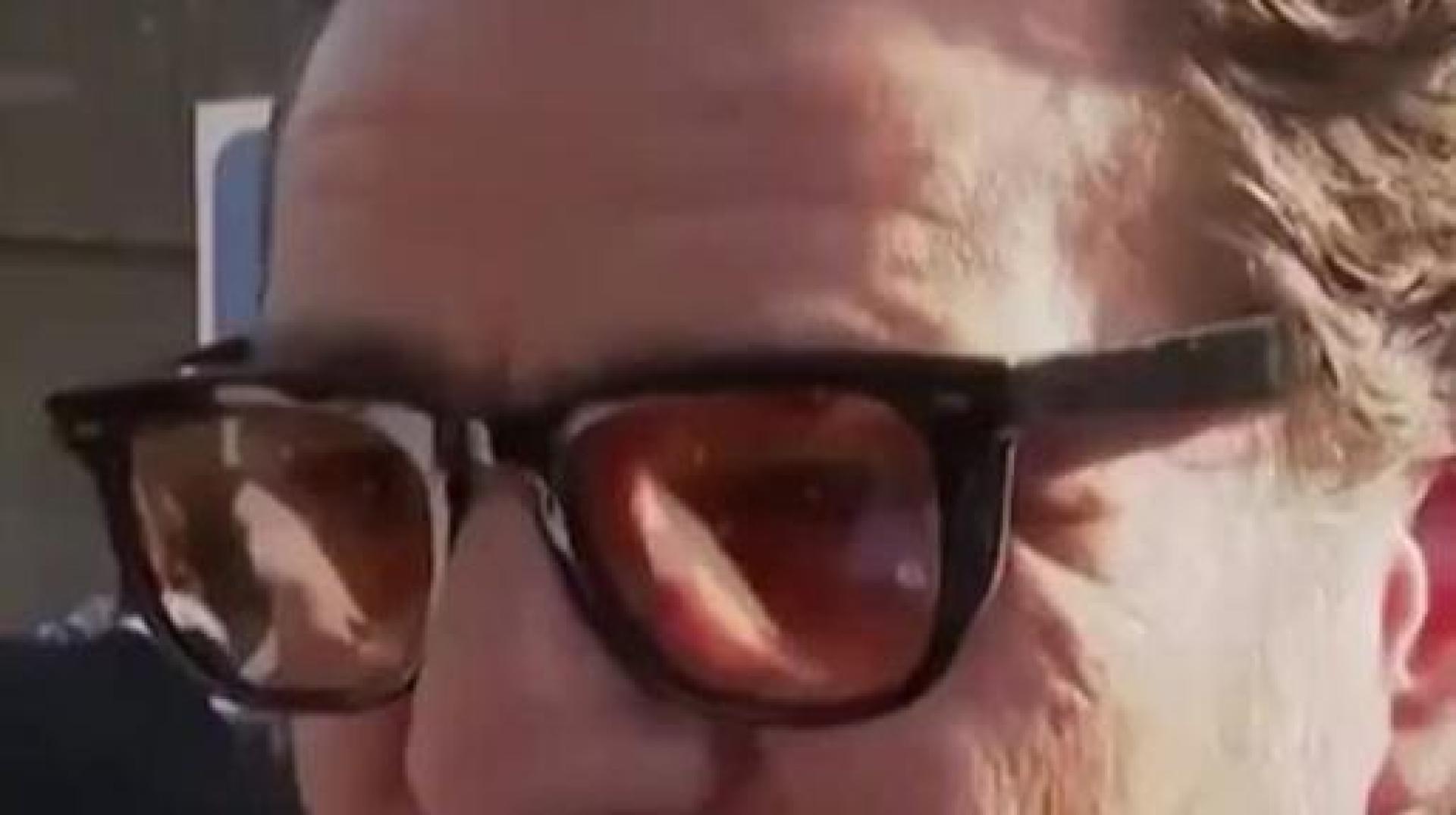Superhero fatigue is a real concern for studios and fans alike, with many questioning if the genre can maintain its dominance. Could a simple post-credit scene, specifically one involving Superman, be the key to revitalizing audience interest and reversing superhero franchise fatigue? The answer might be more complex than a single scene, but strategic storytelling could offer a path forward.
The Weight of Expectations: Superhero Fatigue Explained
The term “superhero fatigue” isn’t just fan speculation; it’s a recognized phenomenon within the entertainment industry. It describes the declining interest in superhero films and television shows due to oversaturation and repetitive storylines. According to a recent survey conducted by the Global Media Research Institute, 67% of respondents reported feeling “burnt out” on superhero content, a 15% increase from the previous year. This burnout isn’t necessarily a rejection of the genre, but rather a plea for innovation and fresh perspectives.
Can End-Credits Scenes Save Superhero Franchise Fatigue?
End-credits scenes have evolved from simple Easter eggs to crucial narrative hooks, often teasing future storylines or introducing new characters. A well-executed Superman end-credits scene could serve multiple purposes. It could introduce a compelling new villain, hint at a crossover event, or even offer a meta-commentary on the state of the superhero genre itself. However, Dr. Anya Sharma, a professor of film studies at the University of California, emphasizes that “the scene must be organically connected to the main narrative. A gratuitous cameo will only exacerbate the problem.”
The Power of Connection: Building a Shared Universe
One of the most effective uses of end-credits scenes is to establish connections between different franchises or characters. By hinting at a larger, interconnected universe, studios can create a sense of anticipation and excitement among viewers. This approach has been successfully employed by Marvel Studios, but its effectiveness hinges on careful planning and consistent execution. “The key is to make these connections feel earned and meaningful,” notes Mark Olsen, a senior analyst at Entertainment Data Analytics. “Audiences are savvy, and they can spot a forced crossover a mile away.” This strategic universe-building can combat superhero franchise fatigue by providing a wider narrative canvas and offering more diverse storytelling possibilities.
Beyond Cameos: Subverting Expectations
To truly combat superhero franchise fatigue, end-credits scenes need to go beyond simple cameos and fan service. They need to challenge audience expectations and offer something genuinely surprising or thought-provoking. This could involve introducing a morally ambiguous character, exploring the consequences of superhero actions, or even deconstructing the genre’s tropes. According to a leaked memo from Warner Bros. Discovery, the studio is considering using future end-credits scenes to “experiment with different tones and styles, pushing the boundaries of what a superhero film can be.” This willingness to take risks could be a crucial step in revitalizing the genre and recapturing audience interest.
The Future of Superhero Storytelling
Ultimately, the success of any attempt to combat superhero franchise fatigue will depend on the quality of the stories being told. End-credits scenes are a valuable tool, but they are not a magic bullet. Studios need to invest in talented writers, directors, and actors who can bring fresh ideas and perspectives to the genre. As stated in a recent industry report by the Creative Arts Agency, “The demand for superhero content remains strong, but audiences are increasingly discerning. They want stories that are both entertaining and meaningful, that offer something more than just spectacle.” By focusing on character development, complex themes, and innovative storytelling, the superhero genre can continue to thrive for years to come.
In conclusion, while a Superman end-credits scene alone cannot single-handedly cure superhero franchise fatigue, it represents a microcosm of the broader need for creative risk-taking and meaningful storytelling. By strategically utilizing these scenes to build a connected universe, subvert expectations, and prioritize quality narratives, studios can reignite audience passion and ensure the long-term viability of the superhero genre.


